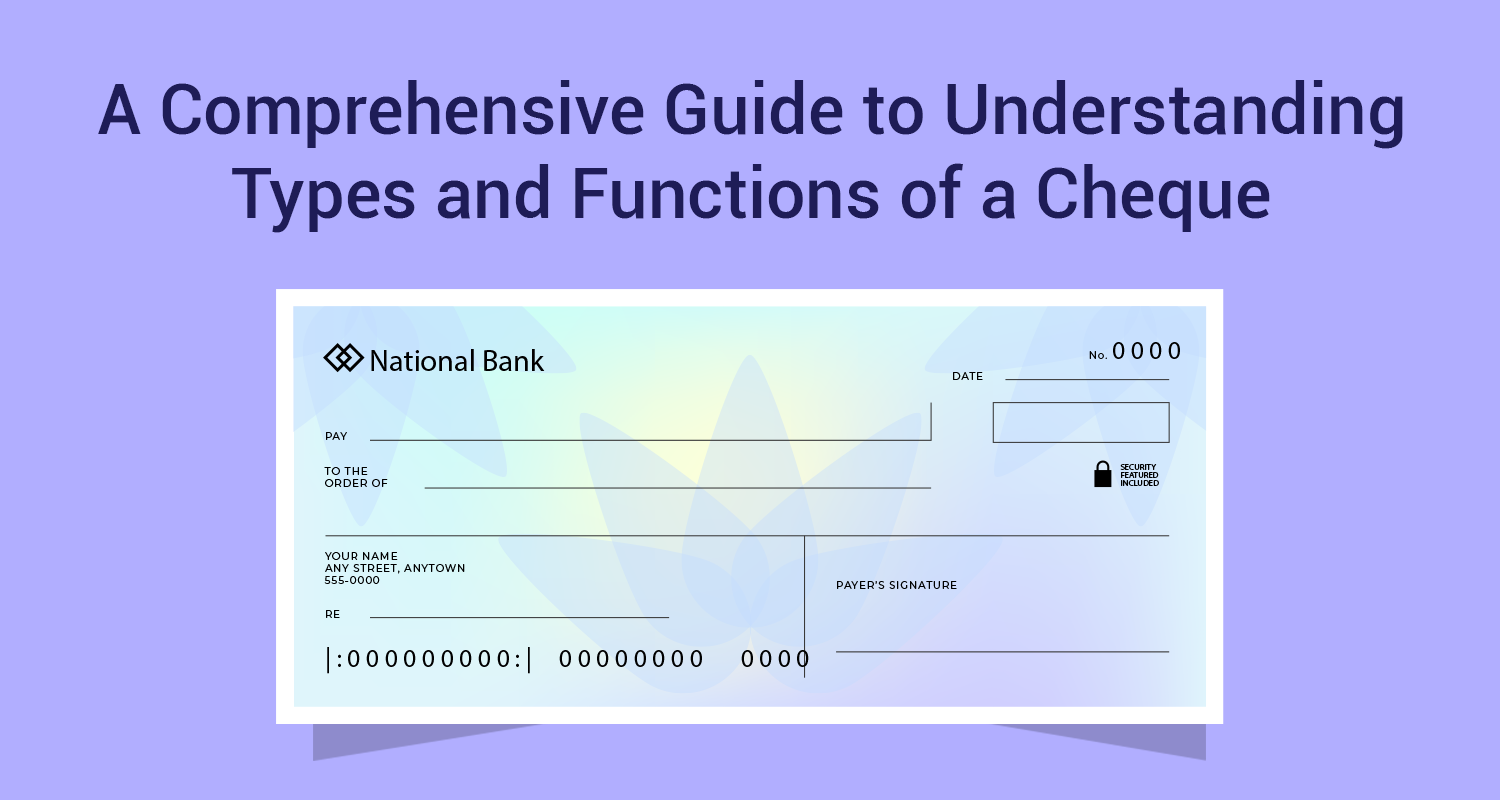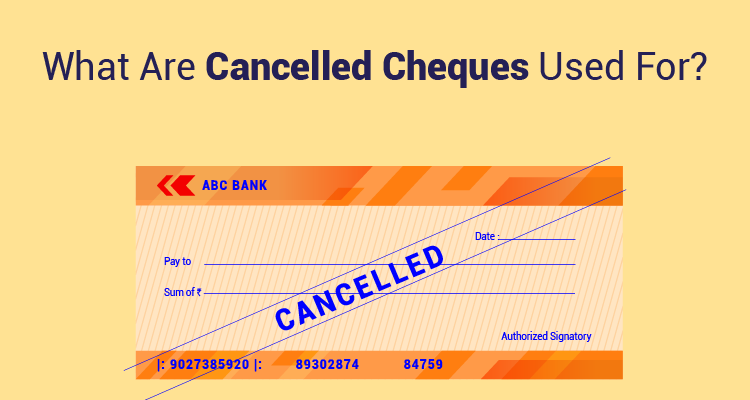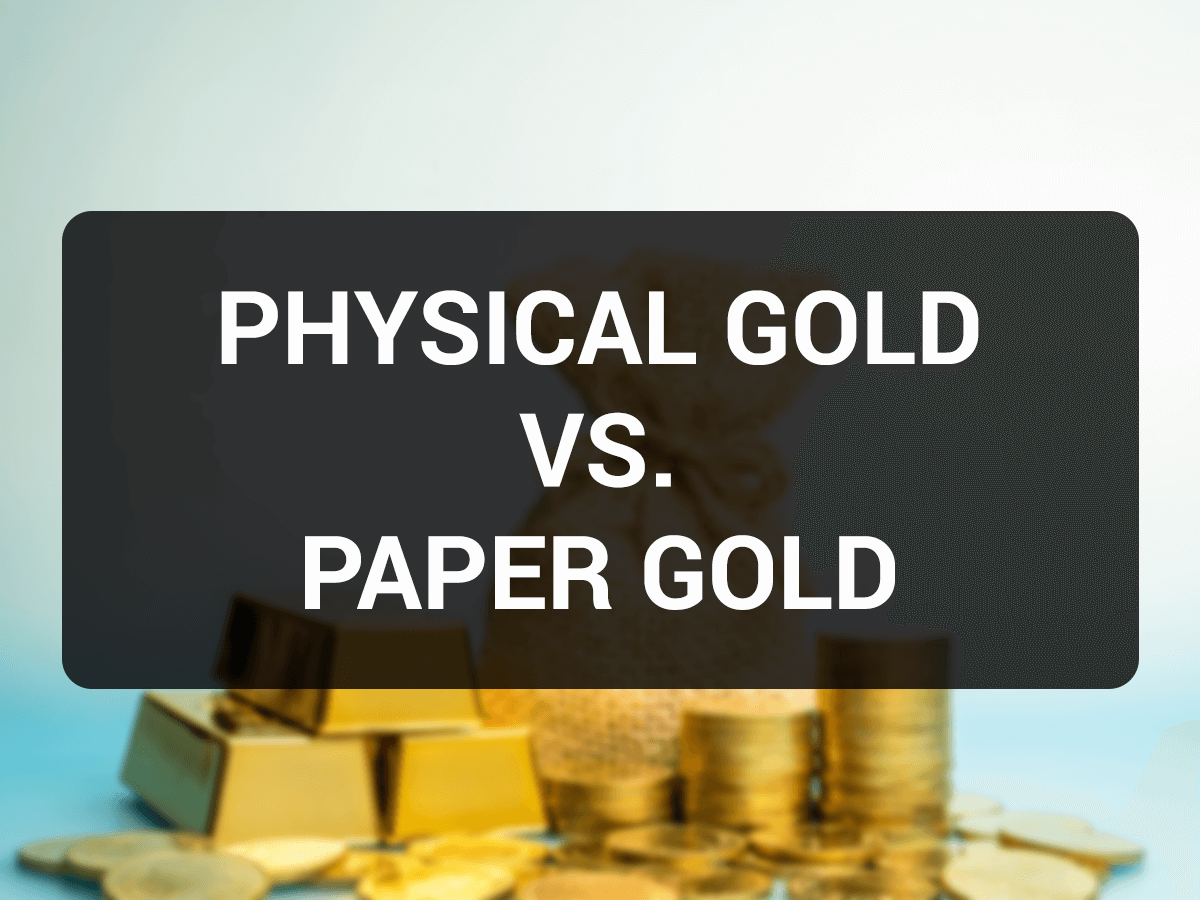The Future of Green Commercial Vehicles in India

Environmental pollution is no longer a problem for future generations, but increasing threat to human well-being with each passing day. An estimated 12.6 million people lose their lives each year due to illness or injury arising as a result of unhealthy living or working environments – that adds up to one-fourth of the annual global deaths according to the World Health Organisation’s (WHO) latest estimates. An increasingly large number of diseases and injuries are caused by environmental factors like air, water and soil pollution, climate change, chemical exposure and ultraviolet radiation, to name a few.
Addressing the causes of pollution at a social and government level can help prevent nearly a quarter of the burden of diseases worldwide. Safe storage of water, better hygiene through proper management and disposal of waste and toxic household substances, and prevention of air pollution should be implemented.
The Impact of Private and Commercial Vehicles on the Environment
Vehicular pollution is one of the main causes of outdoor air pollution. Inefficient fuel combustion processes produce a mix of primary emissions like diesel soot particles and lead, and products of atmospheric transformation like sulfate particles.
Global outdoor pollution in cities is estimated to cause almost 1.4 million deaths annually. At 645,000, India has the second most air pollution fatalities, after China. Since exposure to air pollutants in urban areas is largely unavoidable, children especially bear the brunt of the harmful effects due to their immature respiratory systems.
The WHO has even issued a warning that claims poor air quality is threatening to overwhelm health services across the continents. Maria Neira, Head of Public Health, WHO, said, “We have a public health emergency in many countries from pollution. It’s dramatic, one of the biggest problems we are facing globally, with horrible future costs to society,” on the trajectory of global air pollution and its impact on health. She also stated, “Air pollution leads to chronic diseases which require hospital space. Before, we knew that pollution was responsible for diseases like pneumonia and asthma. Now we know that it leads to bloodstream, heart and cardiovascular diseases, too – even dementia. We are storing up problems. These are chronic diseases that require hospital beds. The cost will be enormous”.
Case Studies: Major Indian Cities
Delhi
According to the Department of Transport, Government of National Capital Territory of Delhi, the vehicular population here is estimated to be over 3.4 million, with a yearly growth rate of about 7% posing a severe health crisis to the locals. It’s no surprise that the WHO has named Delhi the world’s most polluted city. In fact, owing to India’s rapid development, it has become home to 13 of the top 20 most polluted cities worldwide.
In the recent past, the number of asthma cases and instances of impaired lung function in Delhi has seen an alarming spike. However, it doesn’t stop there – allergies, birth defects and malformations, growth restrictions and cancers have all been on the rise as a result of Delhi’s elevated air pollution levels.
Advent of the Odd-Even Rule
For two weeks in January, Delhi’s government implemented an odd-even rule, which allowed vehicles to take to the streets only on alternate days. The result of this experiment on air pollution was a decrease in hourly air particulate concentration by 10-13%. Aside from the decreased traffic, there was a corresponding increase in traffic speed, which further reduced pollution as vehicles reached their destinations faster without idling around in slow-moving jams.
Unfortunately, the second phase of the experiment, which was conducted for two weeks in April, did not show similar results. In fact, a study conducted by the Indian Express showed next to no impact on Delhi’s pollution levels. This might be due to the difference between the atmospheric conditions in winter and summer.
One solution to this could be to implement the program for a longer duration to see significant results. But the population is already learning ways around the system, with people buying and selling fake license plates.
Green Tax on Commercial Vehicles Entering Delhi
In October 2015, the Supreme Court imposed a Green Tax to dissuade commercial vehicles not destined for the city from unnecessarily passing, though. This tax was initially supposed to be charged from November 1st, 2015 to February 29th, 2016.
The initial tax of Rs 700 for vehicles with two axles and Rs 1,300 for those with three or more axles was doubled in December, and the trial period was extended indefinitely. The South Delhi Municipal Corporation claimed a 25-26% decline in the commercial vehicles passing through their 124 toll booths. However, the overall impact of the Green Tax yet to be determined.
Lucknow
In July 2006, the operation of diesel-run public vehicles was banned in Lucknow by the Regional Transport Authority. These vehicles would only be allowed to ply once they converted to CNG.
However, people found a way around this ban, and illegally plying vehicles would manage to get away after paying a small fine. However, in June 2016, the chief magistrate of Lucknow ordered the RTO to crack down on diesel-run tempos and further suspended the registration of such vehicles.
The RTO caught 250 diesel-run tempos in Chowk, Mahanagar, Kaiserbagh and Dubagga in a single fortnight.
The Need of the Hour
It is unlikely that we can regulate the number of people traveling across cities and countries for work and leisure. However, it is possible for us to adopt better means of transport. Opting for public transport instead of private transport is a problem only half solved. We need to find greener alternatives to our private, public and commercial vehicles. After all, we are all equally responsible for maintaining the health of our environment.
Commercial Vehicle Loan EMI Calculator
The Future of Commercial Vehicles
The particularly grave impact that commercial vehicles have on the environment and the ever-increasing fuel prices necessitate the search for alternatives to today’s vehicles.
Hybrid Electric Vehicles (HEVs) are gradually being introduced across various sectors as an alternative to conventional, high emission commercial vehicles.
HEVs combine the usual internal combustion or diesel engine propulsion system with an electric propulsion system to improve fuel economy. Some even use technologies like regenerative breaking and reduction of idle emissions, to further minimize their impact on the environment.
Looking Forward
As pollution escalates and the nation grows more environmentally conscious, we can expect more bans and taxes as those seen in Delhi and Lucknow. Although there might be temporary ways to avoid these obstructions, the only real and responsible long term solution is to opt for greener transport alternatives for your business.
India Infoline Finance Limited (IIFL) is an NBFC and is a reputed name when it comes to financial solutions such as mortgage loans, commercial vehicle loans, gold loans, capital market finance, healthcare finance, and SME finance. To learn more about IIFL Commercial Vehicle Loans, click here.
Disclaimer : The information in this blog is for general purposes only and may change without notice. It does not constitute legal, tax, or financial advice. Readers should seek professional guidance and make decisions at their own discretion. IIFL Finance is not liable for any reliance on this content. Read more



